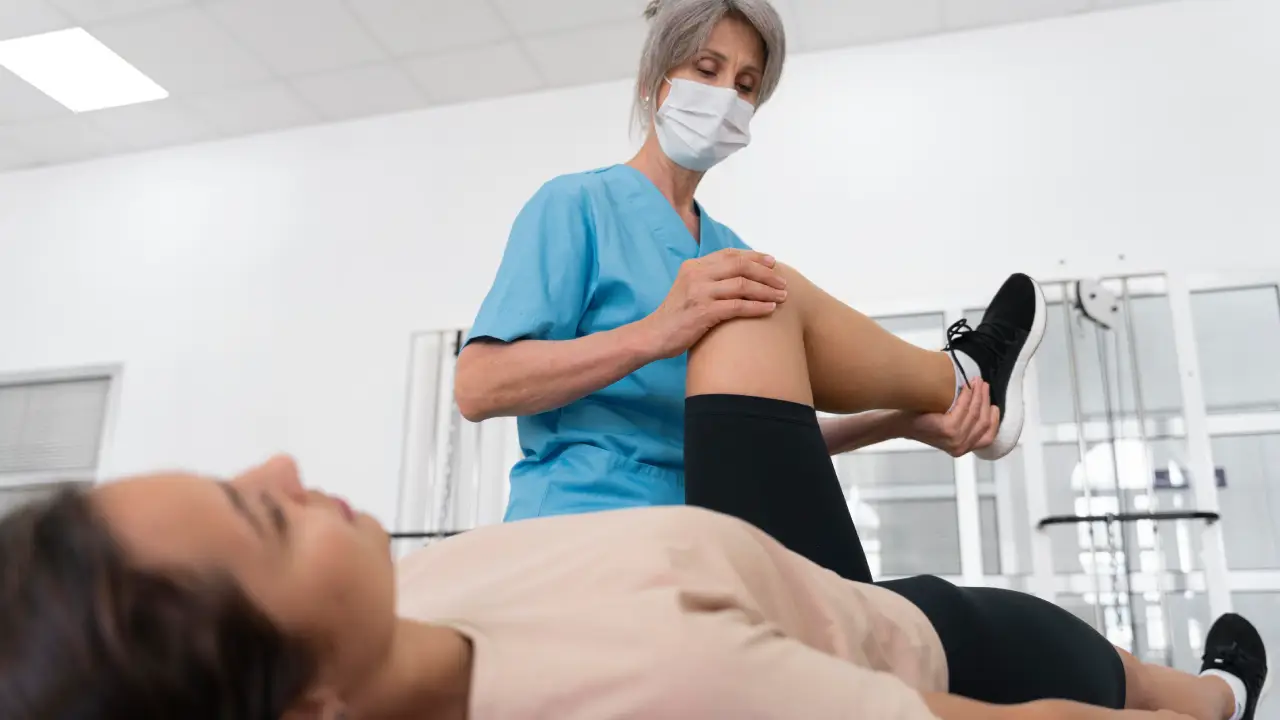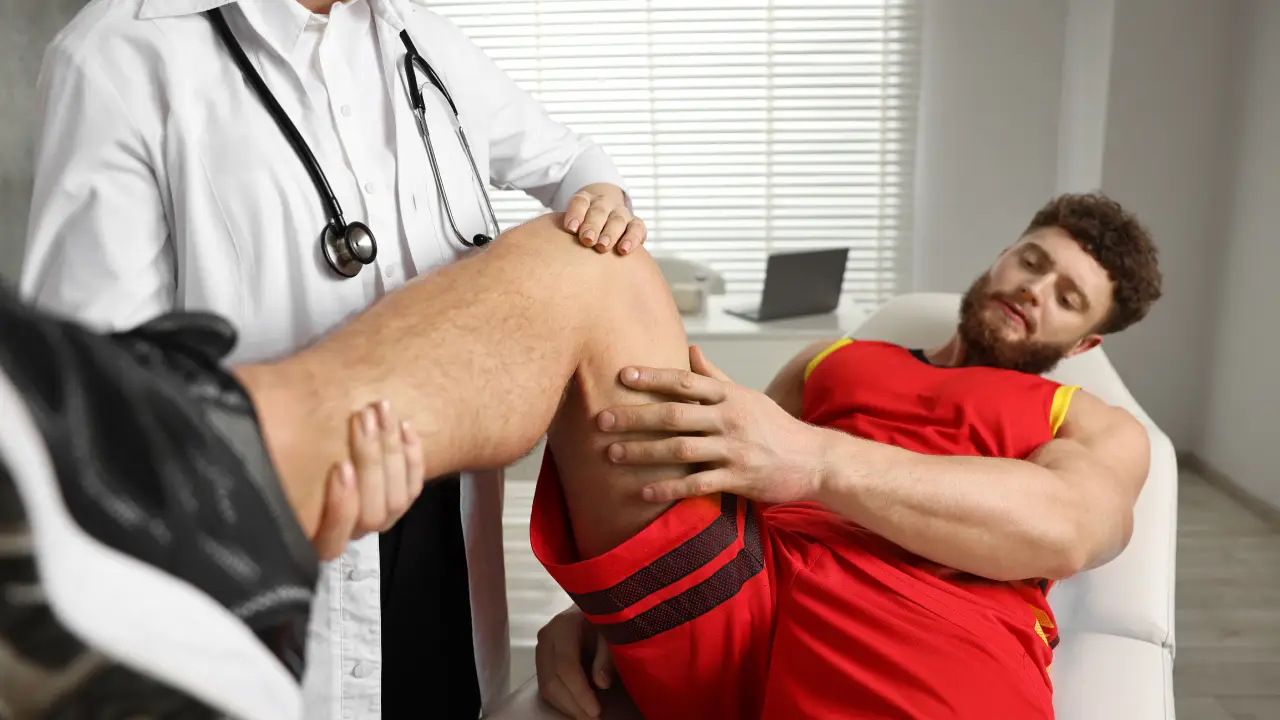What Is Joint Pain?
Joint pain refers to discomfort, stiffness, or inflammation in the areas where two or more bones meet. It can affect knees, hips, shoulders, wrists, or the spine and can range from mild irritation to severe mobility limitations. Causes may include injury, wear and tear, poor posture, or conditions like arthritis and bursitis.
Whether it’s short-term or persistent, untreated joint pain may lead to long-term strain on surrounding muscles and tissues, gradually impacting quality of movement.
Why Address Joint Pain Through Physiotherapy?
Addressing joint pain early can prevent further damage. While medication may provide short-lived relief, it often doesn't tackle the underlying issue. A physiotherapist in Brantford works with the root cause of joint dysfunction restoring motion, improving strength, and guiding everyday movement patterns to reduce recurrence.
Physiotherapy focuses on:
- Enhancing joint function
- Restoring range of motion
- Minimizing mechanical strain
- Supporting long-term joint health
How Does a Physiotherapist in Brantford Help?
Joint-related care starts with assessment. A physiotherapist in Brantford identifies joint restrictions, weak muscle groups, and imbalances through physical examination and mobility testing. Based on findings, they apply a combination of four primary techniques to manage joint pain and improve mobility.
Technique 1: Manual Therapy for Mobility and Comfort
Manual therapy involves hands-on movements to manipulate soft tissues and joints. It’s especially useful for those with stiffness, restricted motion, or post-injury discomfort.
Common manual therapy approaches include:
- Joint Mobilization: Gentle oscillatory movements to increase joint flexibility and reduce tightness.
- Soft Tissue Manipulation: Massage techniques targeting muscle knots and tension surrounding the joint.
- Myofascial Release: Loosens the connective tissue network, helping reduce resistance to movement.
These interventions aim to unlock joint stiffness, allowing easier and more natural movement without triggering additional pain.
Technique 2: Therapeutic Exercise to Build Support
Exercise is a core part of joint rehabilitation. Once mobility improves through manual therapy, the next step is to reinforce the joint through specific, controlled movements.
Physiotherapists in Brantford may prescribe exercises that:
- Strengthen stabilizing muscles around the joint to reduce mechanical load
- Improve flexibility to allow smoother motion
- Enhance balance and coordination to prevent re-injury
These exercises are introduced gradually and customized to each individual’s tolerance and goals.
Technique 3: Electrotherapy for Pain Relief and Healing Support
Electrotherapy uses electrical currents or sound waves to manage symptoms and improve tissue recovery. It’s often combined with other approaches for a more complete care plan.
Popular electrotherapy options include:
- TENS (Transcutaneous Electrical Nerve Stimulation): Reduces nerve signal transmission linked to pain.
- Ultrasound Therapy: Sends sound waves deep into tissues to boost healing and circulation.
- IFC (Interferential Current Therapy): Targets deeper joints for persistent pain relief.
While not always necessary, these tools can reduce inflammation, promote healing, and prepare the body for more active treatment.
Technique 4: Education and Movement Strategy Coaching
Pain is often linked to how we move. A physiotherapist in Brantford also teaches movement strategies to minimize strain on affected joints during daily activities.
Education Typically Covers:
- Body Mechanics: Learning to lift, carry, sit, and stand properly to avoid added pressure on joints.
- Pacing Techniques: Structuring activity levels to prevent overuse or sudden strain.
- Ergonomics: Adjusting workspace and posture to reduce chronic stress on the joints.
These strategies reduce flare-ups and make therapy results more sustainable over time.
What Types of Joint Pain Do Physiotherapists in Brantford Treat?
Physiotherapist in Brantford commonly assists individuals with:
- Knee discomfort related to overuse or cartilage wear
- Hip pain from alignment or muscular imbalances
- Shoulder stiffness linked to poor posture or repetitive movements
- Neck and back joint issues from sedentary habits or lifting injuries
Each condition is assessed individually, and a treatment plan is created based on movement limitations, goals, and physical findings.
When Should You See a Physiotherapist in Brantford?
Consider seeking care if you’re experiencing:
- Joint pain lasting longer than a week
- Morning stiffness that takes time to ease
- Difficulty performing basic tasks like walking or reaching
- A joint that feels unstable, clicks, or locks
- Pain following an injury or repetitive motion
Delaying care may lead to compensatory movement patterns, where other body parts take over the work often resulting in secondary problems.
Summary: A Movement-Based Approach to Joint Relief
Joint pain can interfere with everything from work and sleep to physical activity and mobility. By working with a physiotherapist in Brantford, individuals can pursue a structured approach rooted in movement, knowledge, and support.
Using techniques like manual therapy, guided exercise, electrotherapy, and education, physiotherapists aim to restore healthy movement and reduce stress on the joints.
Looking for guidance on joint pain?
Book a consultation with a physiotherapist in Brantford to explore options tailored to your needs. Clinics like Revive Physiotherapy and Wellness offer consultations to assess your concerns and build a care path suited to your goals.











